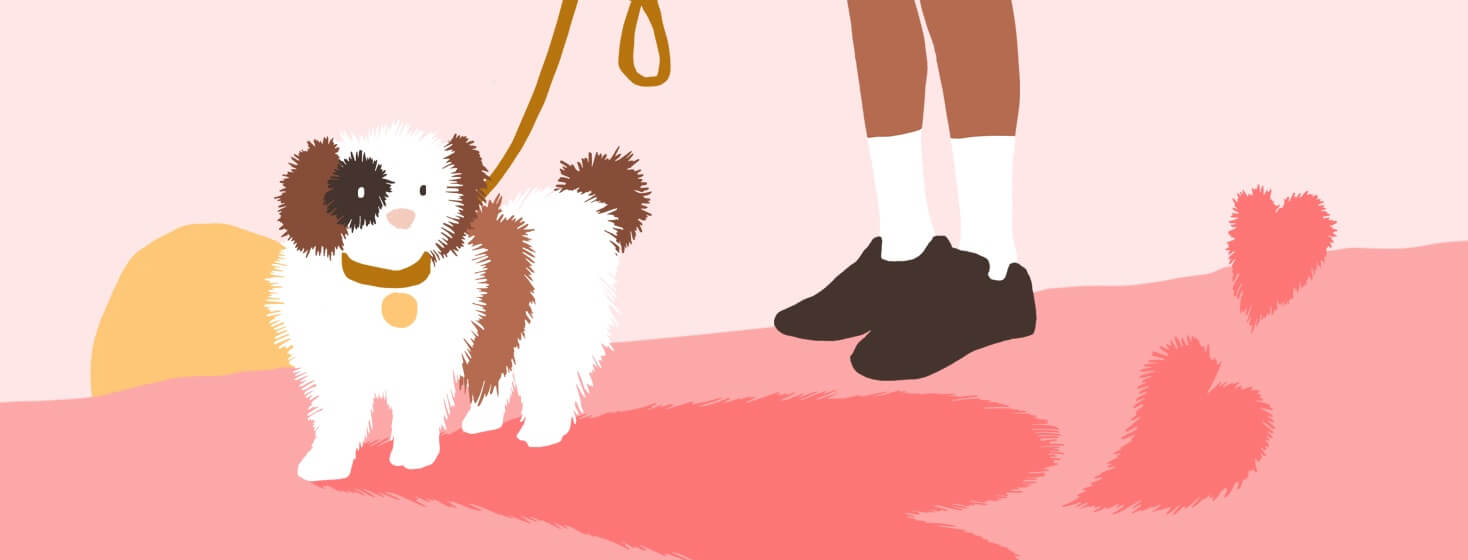Walking: A Simple Blessing
The Norwegian explorer, Erling Kagge, is the only person to have walked to the South Pole, the North Pole, and to the summit of Mt. Everest. In his short, meditative book, Walking: One Step at a Time, he writes, “Homo sapiens have always walked. Since the time they first made their way from East Africa over 70,000 years ago, our species’ history has been defined by bipedalism…I am sure of one thing – to put one foot in front of the other is one of the most important things we do.”1
Part of my daily life
When I think of my childhood growing up in Philadelphia, I think of the walks that were part of my daily life: to school, church, the corner store, the ball field. My first job, at twelve, was as a caddie where I carried two bags for four hours and earned six dollars, seven or even eight if I was lucky. Of course, I took the simple act of walking for granted, even when I became aware, in the mid-fifties, of diseases like polio that robbed people of that simple blessing.
I always played organized team sports, like baseball and basketball, and, later in life, individual sports like golf, distance running, and hiking. Again, I took walking and running for granted, motivated more by the reward than the effort, not acknowledging the overall health benefits of walking. That changed when heart disease gave me a different perspective.
Walking after a heart attack
With a lifetime of exercise behind me and no other indicators like high blood pressure or high cholesterol, it came as a shock when, in 2010, at sixty-two, I was diagnosed with coronary artery disease. A couple of blocked arteries were treated with stents and medication but in 2012 a mild heart attack led to the discovery of another blocked artery and an additional stent. Since then I’ve had no further heart problems.
The American Heart Association recommends walking "at least 150 minutes a week or 10,000 steps a day. Even as few as three 10-minute walks each day can make a big difference. Research shows that for every hour of brisk walking, life expectancy for some people may increase by two hours.”2 And, as this article also states, walking “enhances my mental and emotional well-being.” Just being outside and paying attention to my surroundings has benefits.
My current routine
Now seventy-two, I’m fifteen pounds lighter than when I retired in 2011. I try to maintain a balanced diet. My exercise options have changed. I still walk the golf course and I still like to hike, but daily walking has become the foundation of my fitness and heart health.
My goal is to walk at least 10,000 steps a day. Each morning I’m out the door around six for a 2-mile walk with my dog which is about 6,000 steps. During the day I accumulate more steps doing chores, going to the golf course, or walking during a workout I do with light weights every other day. My wife and I alternate walking our dog in the evening. Using an app on my phone to track my steps, so far this year I’m averaging 11,300 steps per day.
A profound gift
I know I’m fortunate. My heart condition is less severe than other forms of heart disease. But because of my experience, I no longer take walking for granted. I see it as the path to a longer, healthier, happier life.
When I think about walking, I remember when my three sons each took their first steps, how beautiful those memories are, how we rejoiced, and the big smiles on their faces. Walking is a simple but profound gift. As I gradually scratch more intensive forms of exercise from my list of fitness activities, it’s comforting to know that I’ll always have walking and the healthy satisfaction it brings.

Join the conversation